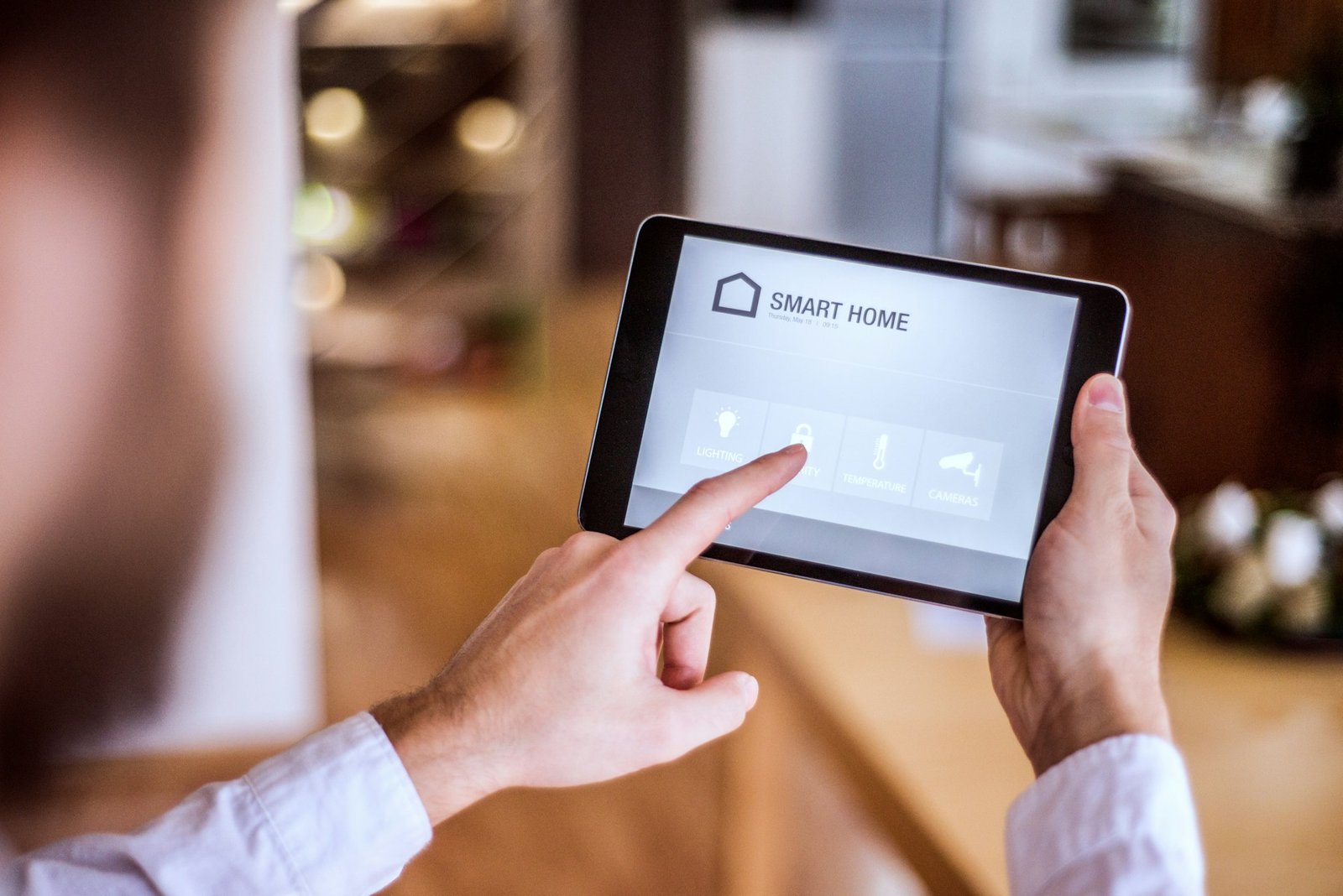Smart devices are everywhere in our homes, from the speaker on the kitchen counter to the thermostat on the wall. These devices make life easier, but they also open the door to potential risks. Imagine a stranger listening through your speaker or accessing your family’s private photos. It’s a scary thought, but don’t worry—there are ways to keep your family safe. Let’s dive into how you can make your smart home safer for everyone.
1. Understanding Common Smart Device Threats
Our homes are filled with devices like smart TVs, cameras, and voice assistants. These gadgets make life convenient, but they can also attract unwanted attention from cybercriminals. Hackers are always looking for ways to exploit vulnerabilities.
They might try to access your devices to steal personal information or even listen in on your conversations. Phishing attempts, where hackers trick you into providing sensitive information, are another common issue.
Malware can also pose serious threats. It can slow down your devices, steal data, or cause financial harm. Cybercriminals often use insecure networks, outdated software, or weak passwords as entry points. Knowing how these threats work helps you protect your devices more effectively.
Understanding these potential risks is important. If you know what might happen, you can make smarter choices to safeguard your devices. This proactive approach is key to maintaining a safe home environment.
2. Essential Security Features to Enable on Smart Devices
Keeping your smart devices secure begins with leveraging the right security features. Here’s a simple checklist of key features that help guard against threats:
– Firewalls: Ensure your devices have a firewall turned on. Firewalls block unauthorized access, making it harder for hackers to get in.
– Antivirus Software: Up-to-date antivirus software can detect and remove harmful software.
– Secure Passwords: Use strong, unique passwords for each device. Consider using a password manager to keep track of them.
Regular updates are vital because they often include fixes for security vulnerabilities. Two-factor authentication adds an extra layer of security by requiring a second form of identification beyond a password. This means even if someone has your password, they still need another code or confirmation.
Manage your device settings to maximize safety. For example, turn off features like Bluetooth and location services when they’re not in use. Disable remote access if it’s not required, and regularly check permissions for apps to ensure they aren’t accessing more than they need to.
3. Safe Usage Habits for Your Family
Creating a safe digital environment involves developing smart habits for everyone in the household. Start by being cautious with links and downloads. Cybercriminals often disguise malicious links to look legitimate. Encourage family members to verify links before clicking and avoid downloading unknown software to prevent malware infections.
Secure connections are crucial. Teach your family to connect only to trusted networks, especially when using devices like smartphones or tablets. Unsecured public Wi-Fi networks are prime targets for cyberattacks. At home, ensure every device connects to your secure network only.
Monitoring and guiding children’s device usage is important. Set time limits and establish areas where devices are allowed. Many devices offer parental controls to block inappropriate content and limiting their screen time can keep them safe. Open discussions about recognizing suspicious activity and scams can also help kids stay secure.
Education is key for everyone. Talk regularly about potential threats and protectiveness online. By fostering awareness and encouraging cautious habits, you greatly reduce the risks of cybersecurity issues at home.
4. Enhancing Home Network Security
A strong home network is foundational to securing smart devices. Start with a robust WPA3 password. A complex password with a mix of letters, numbers, and special characters makes it hard for intruders to break in. Never share your main network password, and keep it updated regularly.
Disabling remote management can prevent hackers from accessing your network settings from afar. Access your router settings through a secure device and turn off this feature if it’s not needed. Most routers allow you to adjust this from their admin panel.
Setting up a guest network for visitors is a smart idea. It provides internet access without granting access to your main network, keeping your devices safe from unfamiliar connections. This separation creates another layer of security.
Conduct regular network audits. These audits check for vulnerabilities and unauthorized connected devices. You can either do it manually through your router settings or use tools that notify you of any unfamiliar activity. This practice ensures any weak points are identified and resolved swiftly, promoting a secure home environment.
Conclusion
Protecting your family’s smart devices at home requires attention to detail and consistent effort. These actions reflect not just a desire for privacy but also a commitment to adapting to the world of interconnected technology responsibly. It’s about creating habits and structures that ensure ongoing safety and peace of mind.
If you’re looking to further enhance your digital security measures, consider the expertise of ITO Nexus. Our team is ready to help you navigate the complexities of cybersecurity protection with solutions that fit your needs. We offer guidance and support tailored to creating a secure environment for all your tech-related pursuits. Contact us today.
